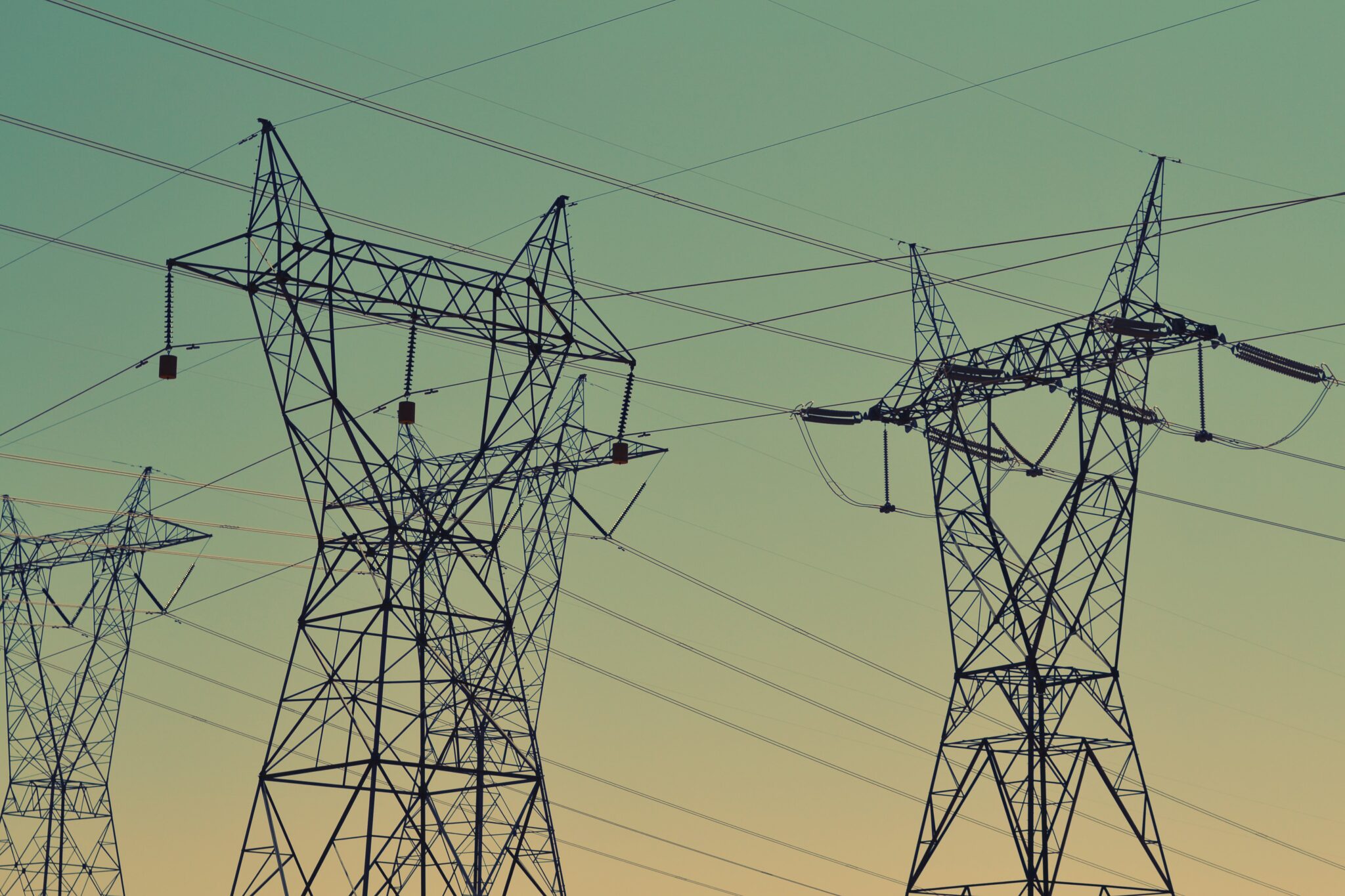FEATURED ARTICLE
Energy Bills: How To Make Sure You’re Getting The Best Deals

Rebekah May
February 5, 2021 •4 min read
TABLE OF CONTENTS
Types Of Energy Tariffs:
How To Check What Tariff You’re On:
What Is The Energy Price Cap?
How To Switch To A Cheaper Plan:
Summary:
A new update from Ofgem (the office of gas and electricity markets) has announced that energy prices will be increasing in April 2021 for anyone on a variable rate tariff. This update will mean millions of people will be overpaying for their energy bills.
If you’ve never switched energy bills, or have rolled off your current tariff then you might be paying over the odds for your energy.
Here we explain the different types of energy tariffs, how you know which one you’re on, and what to do if you’re impacted by the price increases.
Types Of Energy Tariffs:
There are two main types of energy tariffs; fixed-rate tariffs and variable-rate tariffs.
A fixed-rate energy tariff guarantees that the price of your energy will stay the same for a certain period of time - usually 12 to 18 months. This doesn’t necessarily mean that your energy bills will cost the same each month - it just means that the cost of each unit of power you use is fixed (i.e if you use a lot more energy than normal, your bills could still go up).
When you come to the end of a fixed-rate tariff, you then have the opportunity to switch tariffs, potentially choosing a cheaper plan. If you don’t switch tariffs then your energy provider will switch you over to a standard variable-rate tariff.
Having a variable-rate tariff means that energy prices could go up or down, depending on what is happening in the market. If energy prices fall you’ll pay less, if they rise you’ll pay more.
Most variable-rate tariffs have no exit or cancellation fees, which means you’re free to switch to another tariff whenever you like.
Switching from a variable-rate tariff to a fixed-rate tariff is in most cases a good idea. Not only is it easier to budget for bills on a fixed-rate tariff, fixed-rates usually mean lower prices.
How To Check What Tariff You’re On:
The easiest way to identify the type of tariff you’re on is to check your latest bill. If you can’t find this information then give your current supplier a quick call.
If you’re on a fixed-rate tariff then ask your supplier when the end date is, and if there are any early exit fees. Knowing this information will help you make future decisions about your energy, and help you understand when's the best time to switch plans.
If you’re on a variable-rate tariff, now is the time to take action. The price of energy is increasing in April, which means you’re likely to see an increase in the cost of your bills. This hike in prices is because of changes to the energy price cap.
What Is The Energy Price Cap?
The energy price cap, sometimes also known as the default tariff cap, was introduced in January 2019 as a way of keeping energy prices down for households across the UK.
The cap limits the unit rate and price that providers can charge people on a standard variable rate tariff, or a default tariff. The cap is calculated by looking at how much money it costs for suppliers to get energy to your home, and ensures that suppliers are passing on any savings if the costs of supplying energy fall.
This cap is reviewed twice a year. In October 2020 the default tariff cap was set at £1,042 - £84 cheaper than the period before. However, we’re now seeing a £96 increase in the cap, as it has now been set at £1,138.
The increase in the cap is a result of higher wholesale costs, as markets are beginning to recover from the impacts of the global pandemic.
If you’re on a standard variable-rate tariff and don’t want your bills to increase next month, then we’d encourage you to review your options. Here’s how you can make sure you’re on the best plan possible.
How To Switch To A Cheaper Plan:
The best way to make sure you’re not impacted by the increase in energy prices this April is to switch to a fixed-rate tariff now.
Use Emma’s comparison tool to help you find and switch to the provider with the best deal.
All you need to do is open the Emma app, go to our Save Money tab, and click on the box that says “Save on your energy”. We’ll ask you to enter a few bits of information like your home address, details about your current supplier and your current gas and electricity consumption. You’ll then receive a variety of quotes, which you can accept by clicking on the “Switch Now” button. We’ll need a few more bits of info to complete the switch, but then you’re done!

As well as switching to a new plan that could save you hundreds of pounds on your energy bills, you might also find that a different provider has better customer service. Little things like this go a long way to making you feel more in control of your money.
Switching energy providers is also a lot more simple than you might think, so don’t put this off. Your new provider will manage everything for you with the help of your old supplier, and they’ll make sure you’re not charged for multiple energy bills.
Summary:
The new energy price cap announcement from Ofgem this week has highlighted the need to review your energy bills. If you’re not on a fixed rate tariff already, then think about using an energy comparison site to switch.
Fixed-rate plans are generally less expensive than variable-rates, so switching before the prices go up in April could save you huge amounts of money. Plus, getting new energy quotes and switching only takes a few minutes!
Want to know how else you can save money with Emma? Read our top tips on saving money with Emma.
You may also like
Check out these related blog posts for more tips
© 2025 Emma Technologies Ltd. All Rights Reserved.
Emma is registered and incorporated in England and Wales.
Emma Technologies Ltd is an appointed representative of RiskSave Technologies Ltd, which is authorised and regulated by the Financial Conduct Authority (FRN 775330).
Payment services (Non MIFID or Deposit related products) for Emma Technologies Ltd are provided by The Currency Cloud Limited. Registered in England No. 06323311. Registered Office: Stewardship Building 1st Floor, 12 Steward Street London E1 6FQ. The Currency Cloud Limited is authorised by the Financial Conduct Authority under the Electronic Money Regulations 2011 for the issuing of electronic money (FRN: 900199). For more detail on how your money is protected please see here. You can also find Currency Cloud's Terms of Use here.
Emma Technologies is an Introducer Appointed Representative of Quint Group Limited and not a lender. Quint Group Limited is authorised and regulated by the Financial Conduct Authority (Firm Reference Number 669450). Monevo Limited is an Appointed Representative of TransUnion International UK Limited. TransUnion is authorised and regulated by the Financial Conduct Authority (Firm Reference Number 737740). Emma Technologies introduces customers first to Quint Group Limited, as a licensed credit broker, who then refers on to Monevo Limited.
Emma is registered with the Financial Conduct Authority under the Payment Services Regulations 2017 for the provision of payment services.
Financial Conduct Authority Reg Nr: 794952.
Company Registration Number: 10578464.
Data Protection Registration Number: ZA241546.
All testimonials, reviews, opinions or case studies presented on our website may not be indicative of all customers. Results may vary and customers agree to proceed at their own risk.
Resources: Cancel subscriptions, Cashback offers, Who charged me, Rent Reporting, Budgeting, Investment universe, Emma vs Moneyhub.
Featured cashback offers: Samsung, SimplyCook, NordVPN, Audible, M&S Homeware.









